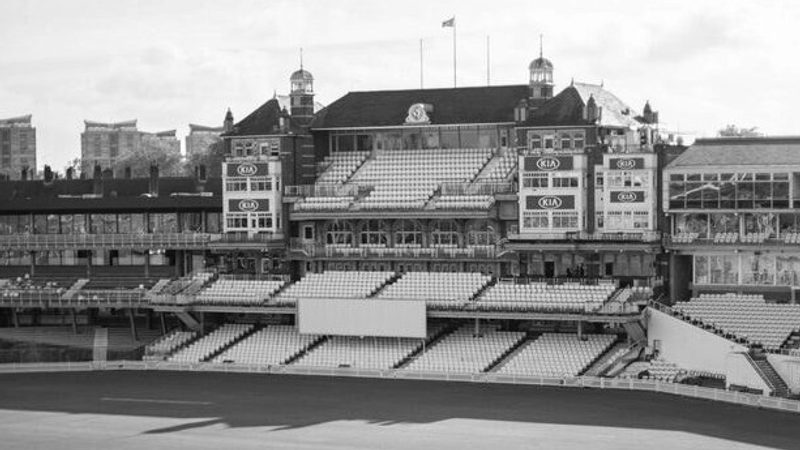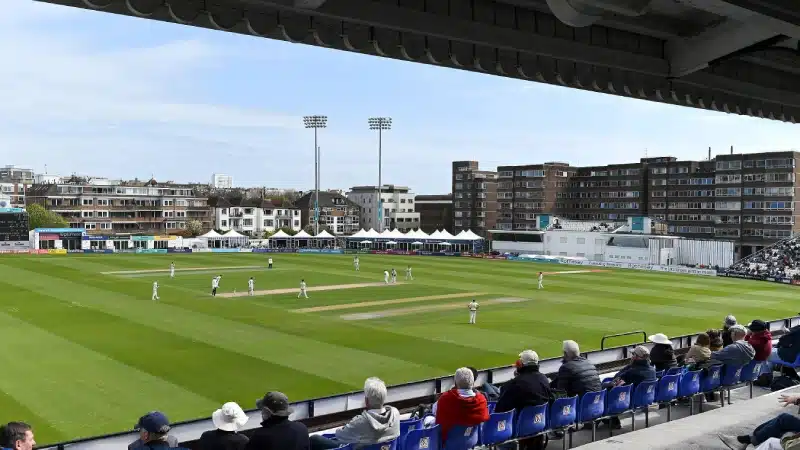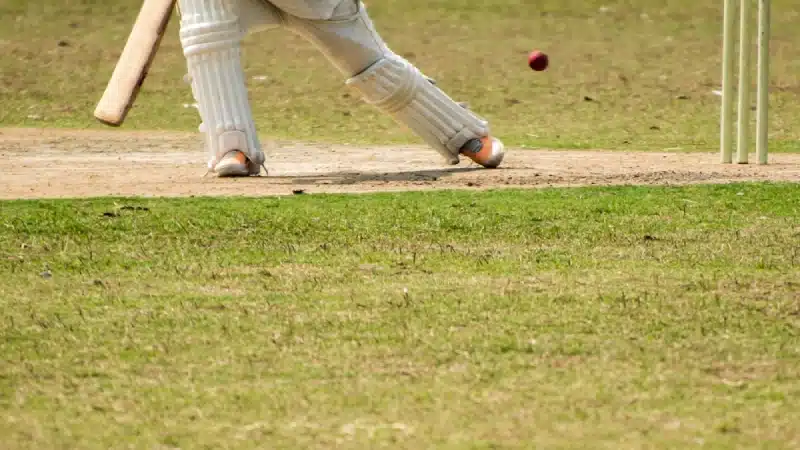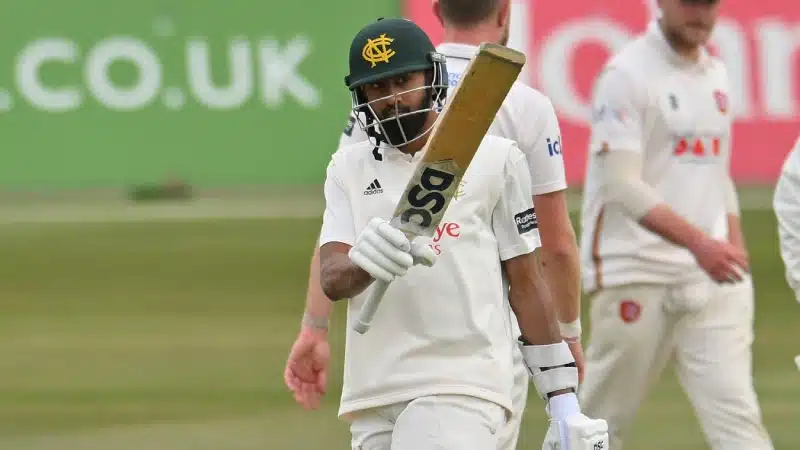
The history of cricket in India dates back to 1864 when Madras took on Calcutta in the country's first-ever First-Class match. However, it wasn’t until 1932 that India’s national cricket team made its debut as a Test-playing nation.
After being invited to the Imperial Cricket Council - now known as the International Cricket Council - in 1926, India played its first Test match against England on June 25, 1932, at the iconic Lord's cricket ground.
Led by the maverick CK Nayudu, India played England in a one-off Test which proved to be a cakewalk for the hosts, who won the match by 158 runs. Nonetheless, it proved to be great exposure for a team that had just stepped onto the international circuit.
India vs England, June 1932
After winning the toss, England captain Douglas Jardine decided to bat and although his openers failed to give a positive start, the likes of Wally Hammond, Jardine and wicket-keeper Jes Ames combined to take their side from 3/19 to 259 all-out.
For India, right-arm bowler Mohammad Nissar picked a five-wicket haul while Amar Singh and CK Nayudu got two wickets each.
India made a stable start to their first Test match, scoring 153 runs at the loss of four wickets at lunchtime on the second day. However, soon after Sorabji Colah was dismissed at 160 runs, the Indian lower-order crumbled like a house of cards, before getting all-out at 189.
England capitalised on the given advantage as Jardine combined with Eddie Paynter to put 275/8d on the board in the second innings, thus giving India a target of 345 runs to win.
The Indian cricket team did no better even in the second time of asking, this time bundling out for 187 runs. The match, however, did see the best of Amar Singh, who scored 51 runs while batting lower down the order.
Interestingly enough, 51 years later on the exact same date, a Kapil Dev-led side won the 1983 Cricket World Cup, beating the mighty West Indies in the final at Lord’s.
Featured photo: Unsplash / Mohammed Al-Emran




















